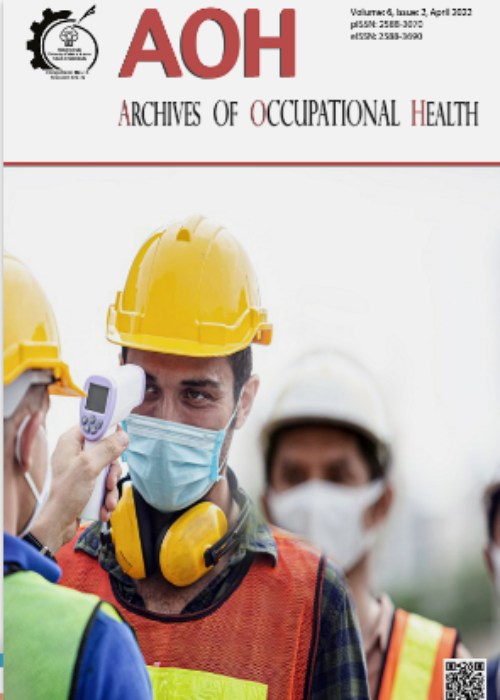Prevalence and Risk Factors of work-related Musculoskeletal Disorders among Indian Physiotherapists: A Narrative Review of Literature
Physiotherapists (PTs) are at the highest risk of work-related musculoskeletal disorders (WMSDs) because of the nature of demands from their profession. This review aims to describe current knowledge associated with the prevalence and risk factors of WMSDs among Indian PTs.
Various electronic databases were searched for literature relating to WMSDs in PTs from India between years 2010 and 2020. Four full texts and two abstracts were selected based on the inclusion criteria and reviewed in a narrative way.
Overall prevalence of WMSDs among PTs was reported to be high, with lifetime prevalence as high as 91%, and the lower back, neck, upper back, and shoulders as the most frequently affected in descending order. The major risk factors reported for WMSDs were: lifting, physical load, transferring, static and awkward static postures, treating a large number of patients per day, and repetitive movements. WMSDs were reported to be associated with age, gender, and physical activity levels, with a higher prevalence in female PTs. Also the younger PTs and PTs with lower physical activity levels were reported to be more affected.
It was inferred that the work-related injuries are not prevented by the knowledge about cor rect body mechanics and skills. PTs need to develop work modification strategies and mechanical aids to reduce WMSDs in without compromising the quality of treatment.


